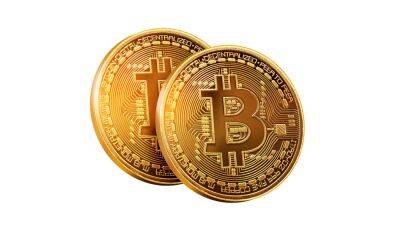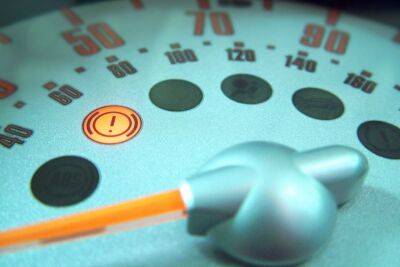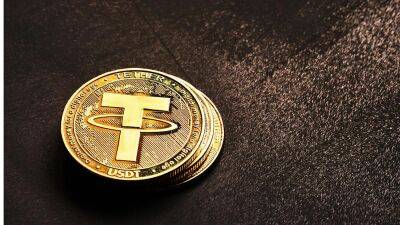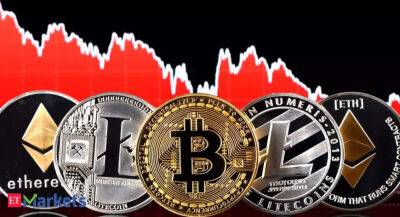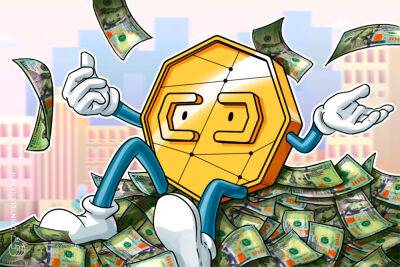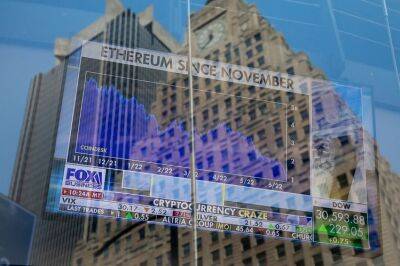Extrapolating crypto market crash to equities
Bitcoin, widely believed to be the hedge against the incessant currency printing by the central banks, has collapsed by over 70 per cent in under six months. Well, given that much of the advertising airspace during the last cricketing event in India was taken up by the upcoming coin exchanges, you probably know that cryptocurrencies have crashed.
Presented ByDid you Know?
Premium tea company Vahdam India has gifted a personalised NFT to Parag Agarwal the newly-appointed Indian-origin CEO of Twitter
View Details »Second, last Friday, the Bank of Japan (BoJ) kept the interest rates negative and guided to keep the borrowing costs at a “present or lower” level. This is contrary to virtually every other central bank in the world (they are raising rates) as BoJ believes the inflation in Japan is lower than that in the western countries. Following the policy announcement, the Japanese Yen (JPY) surprisingly depreciated. In theory (going by the purchasing power parity), the currency of a country with lower inflation should appreciate. Not just that, during past periods of aversion to risky assets, the JPY has acted as a stabiliser, hardly moving. This gives rise to a different set of problems. When the currency of a country with lower inflation (and lower interest rates) starts to depreciate, it invites a ‘carry trade’. This is how it typically works. In March 2022, you could borrow, say, one billion Yen at interest rates of 0.15 per cent and convert it into USD at the then prevailing exchange rate of 114 (equivalent to USD 8.8 million). You would then invest it at the then-prevailing US 10 year rate of 2.2 per cent. Since then, the USD JPY exchange has increased to 135. Today, the ‘carry trade’ investor has generated an 18
Read more on economictimes.indiatimes.com

 economictimes.indiatimes.com
economictimes.indiatimes.com